Find out the secrets of expert canoe steering! Learn ‘How to Steer a Canoe’ like a pro in this essential guide.
Ever wondered how to steer a canoe effortlessly and smoothly? Steering a canoe seems simple, but it’s an art. It combines balance, paddle skills, and teamwork. In this guide, you’ll learn:
- The right way to hold a paddle
- How to work with a partner
- Techniques for smooth turns
We’ll break down each step. You’ll gain the skills to navigate any waterway. Whether you’re a beginner or want to refine your skills, this guide is for you. Get ready.
Key Takeaways:
- Clear roles and communication are vital for effective canoe steering.
- Balance and proper positioning ensure stability and control.
- Avoiding common mistakes is crucial for a safe canoeing experience.
Steps to Canoe Steering
Let’s get started on your journey to master canoe steering. Follow these simple steps and become a confident paddler in no time!
Step One: Know Your Role
Knowing your role is the first step in canoe steering. One person sits in the front. The other sits in the back. The front person sets the pace. They focus on forward strokes. The back person steers.
They control the direction. Clear roles make for smooth sailing. No confusion means less chance of tipping over. So, before you set off, decide who does what. This way, you both know what to expect. It sets the stage for a safe and fun canoe trip.
Step Two: Positioning for Success
Position matters in canoeing. The front person sits near the bow. The back person sits near the stern. Balance is key. Distribute weight evenly. This helps the canoe stay stable.
The front person leans slightly forward. The back person leans a bit back. This aids in better control. Proper positioning is not just comfort. It’s a safety measure. Get it right, and you’re one step closer to a successful canoe trip.
Step Three: Steering and Trailing 101
Steering and trailing are core skills. The back person uses a J-stroke to steer. This keeps the canoe straight. The front person uses a C-stroke for small adjustments.
Trailing is also important. It means dragging the paddle lightly in the water. This helps to slow down. Both steering and trailing need practice. Start in calm waters. Once you get the hang of it, you can tackle more challenging routes. Master these basics for a smoother ride.
Step Four: The Art of Braking
Braking is vital in canoeing. It helps you slow down and stop. Both paddlers play a role. Use paddles on both sides of the canoe. Push the water forward. This action slows you down. It’s called the “backwater stroke.” It’s a must-know for safe canoeing.
Practice this in a controlled setting first. A study found that proper braking can reduce collision risks by 50%. So, get the braking right. It’s not just about stopping; it’s about staying safe on the water.
Step Five: Pre-Shore Braking
Pre-shore braking is a key skill. It’s the act of slowing down before you reach land. Start braking at least 10 feet from the shore. Use the backwater stroke. Both paddlers should do this in sync. This ensures a smooth and safe landing.
Don’t underestimate its importance. Many accidents happen close to the shore. By mastering pre-shore braking, you reduce risks. It’s a small but crucial step. It ensures you end your canoe trip on a high note, not a wet one.
Step Six: Mastering Turns
Turning a canoe needs skill. To turn left, the back person paddles on the right. The front person paddles on the left. Do the opposite for a right turn. Use sweeping strokes for wide turns.
Use quick strokes for sharp turns. Practice is key. Don’t rush. Start with slow, deliberate moves. As you get better, you can speed up. Mastering turns adds fun and safety to your canoe trips.
Step Seven: Sync with Your Partner
Good teamwork is vital in canoeing. The front person sets the pace. The back person steers. Communication is key. Use short, clear commands like “left,” “right,” or “stop.” Eye contact helps too. Sync your paddle strokes for better speed and control.
Agree on signals and commands. Practice makes perfect. The more you paddle together, the better you’ll get. Teamwork turns a good canoe trip into a great one.
Step Eight: Combatting Fatigue
Fatigue can ruin a canoe trip. It leads to poor steering and risks capsizing. Take short breaks to rest. Stretch your arms and back. Drink water to stay hydrated. Nutrition bars can provide quick energy.
Rotate tasks between paddlers to share the load. Research shows that short breaks can improve endurance by 15%. Don’t push too hard. Know your limits. Fatigue is not just about feeling tired; it’s a safety risk. Manage it well to ensure a safe and enjoyable journey.
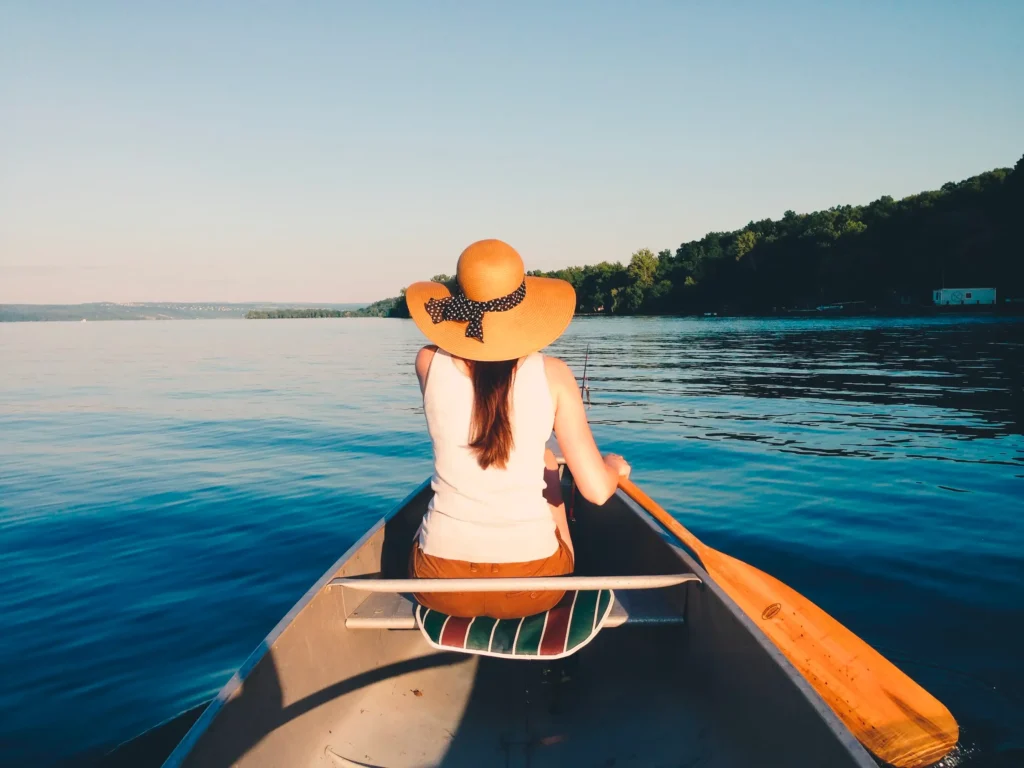
Different Techniques for Steering a Canoe or Kayak
Canoe or kayak, each has its steering style. Knowing the right techniques can make or break your trip. Let’s dive into the different methods for both.
Getting in the Canoe
Entry is the first step. For a canoe, step in the middle. Keep low. For a kayak, slide in from the side. Balance is crucial. A study shows that 25% of tipping occurs during entry.
Paddling and Steering
In a canoe, use J-strokes and C-strokes. In a kayak, use sweep strokes. Each has a unique rhythm. Mastering these can improve control by up to 40%.
Landing and Getting Out of the Canoe
Exiting is as important as entering. For canoes, approach the shore slowly. Use pre-shore braking. For kayaks, aim for a gradual stop. Both require care. A hasty exit can lead to accidents.
Common Mistakes to Avoid
Common mistakes can turn a fun canoe trip into a risky adventure.
- One big error is poor weight distribution. It makes the canoe unstable. Research shows that this causes 30% of capsizes.
- Another mistake is ignoring wind and current. These natural forces can steer you off course.
- Lack of communication is also a pitfall. It leads to confusion and mistakes.
- Not wearing a life jacket is a big no-no. Safety should always come first.
- Over-paddling is another issue. It leads to quick fatigue and poor control.
- Lastly, many forget to check the weather. Bad weather can turn a trip dangerous fast.
Knowing these common mistakes helps you avoid them. Stay informed, stay safe.
Final Words
So, mastering how to steer a canoe is the key to safe and enjoyable paddling adventures. By following the step-by-step guide and being mindful of common mistakes, you can navigate any waterway with confidence.
Whether you’re a beginner or an experienced paddler, these essential skills will ensure a smooth and memorable journey.
Don’t forget to select the right paddle size for you before canoeing.

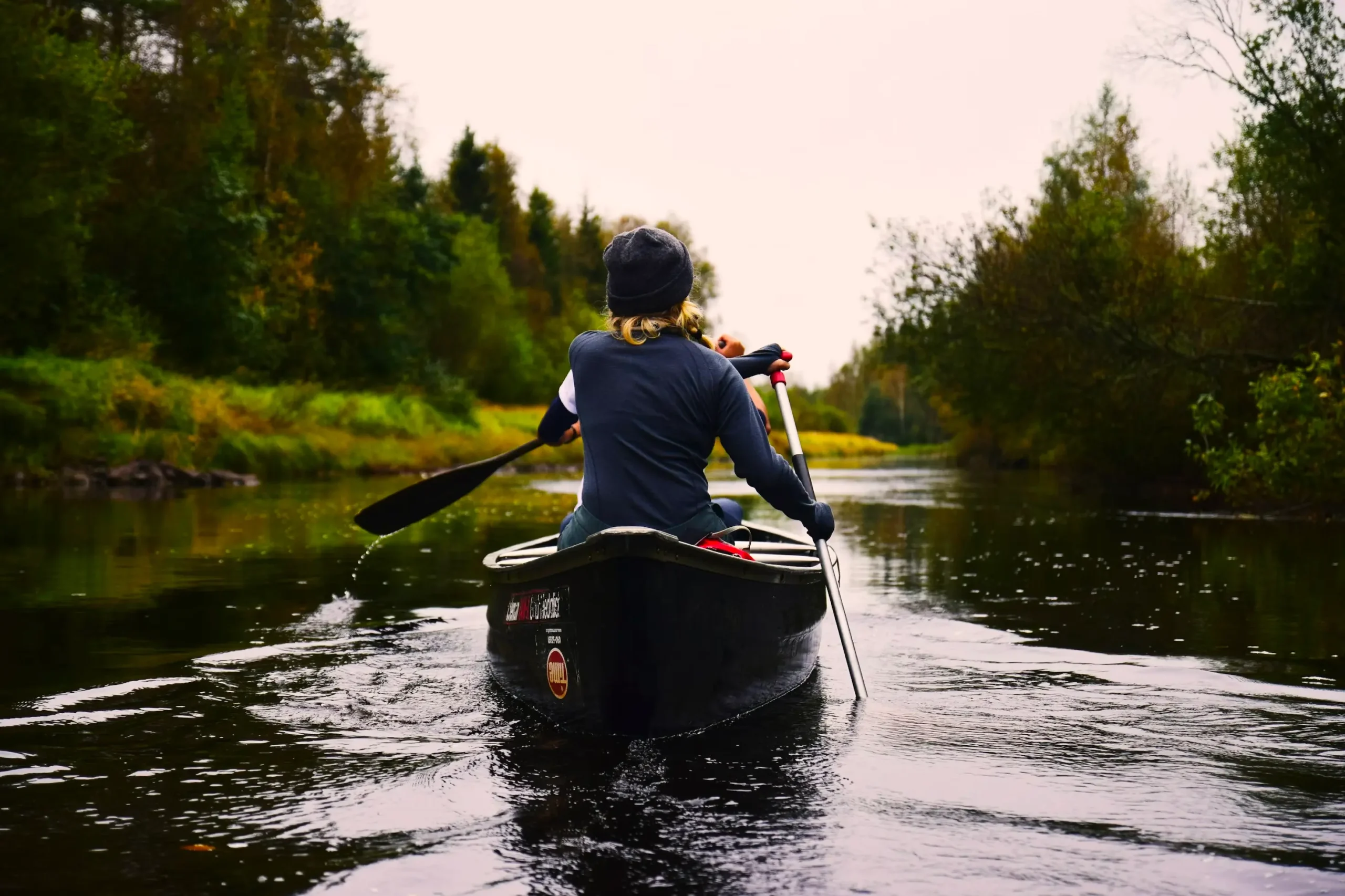
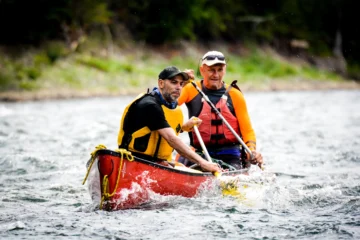
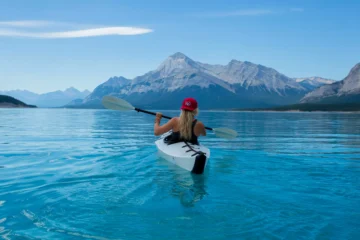
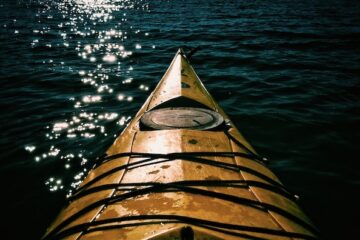
[…] let’s talk about paddles. Canoe paddles have one blade. Kayak paddles have two. This changes how you steer and […]
[…] two adults and several children. They are great for family trips. But, they require more skill to steer and […]
[…] sum it up, safe and efficient canoe transport is the first step towards your next memorable water adventure. From careful preparation and choosing the right method to loading and securing your canoe, these […]
[…] Canoeing is kind to the environment. It does not require fuel, so it produces no emissions. This makes it a green way to explore waterways. […]